Tackling food waste starts in your kitchen! Up to 40 percent of the food purchased in the U.S. is wasted. It’s easy to blame supermarkets and restaurants that toss out mass quantities of spoiled, imperfect, or uneaten food, but even small amounts of food waste coming from home kitchens have a big impact. Here are some simple tips for preventing food waste.
The average person throws out more than 20 pounds of food per month. The forgotten leftovers in the refrigerator and over-ripe bananas on the kitchen counter contribute to greenhouse gas emissions in the landfill – not to mention the amount of land, water, and other resources it took to produce that food in the first place. To highlight what a huge global problem this is, see more about the issue in Wasted Yet Wanted.
Planning is the key to reducing food waste, especially at home. We’ve cooked up some great ideas to help you waste less food.
1 Plan meals: Thinking about what to make for breakfast, lunch, and dinner – and making a list of ingredients before heading to the supermarket – guarantees you’ll buy only the food you need for the week.
Remember to take leftovers into account. A recipe that makes enough for two meals should be counted as two meals, not one, during planning. Also think about eating out; You won’t need enough food to prepare seven suppers if you plan to go out to dinner one night.
Remember to double-check the refrigerator and pantry before going to the store to avoid buying food you already have in the house.
2 Buy what you need only for a specific meal. If shopping is convenient for you, buy exactly what you need for a meal you intend to make. We’ve all impulse shopped, and we do it time and again. Then we wonder why our fridge and pantries are stuffed with ingredients we’ll never use.
VegKitchen’s Vegan Dinner Hacks for example, come complete with a visual shopping list (like the one above for our Totally Lazy General Tso's Dinner) that you can view on your phone while you shop. Pick up the few items you see, and you’ll use most of the purchased items for that night’s quick and easy meal. That way, none of it will go to waste.
If these quick dinner hacks yield leftovers, you can enjoy them next evening or take to work with you for lunch the next day.
3 Shop the bulk bins: Despite their moniker, the bulk bins are not just good for stocking up on mass quantities of food. You can also purchase smaller amounts of ingredients required to make a specific recipe (specialty spices are a great example).
Purchasing specific quantities ensures that these non-staple ingredients won’t languish in the back of the pantry.
Shopping in the bulk bins also helps save on packaging waste, especially if the supermarket allows you to bring reusable containers from home.
4 Store food properly: Learning how to store fresh foods like fruits and veggies will help them last longer.
Fruits give off natural gases as they ripen, which can cause produce stored nearby to ripen faster. The U.S. Environmental Protection Agency recommends storing bananas, apples and tomatoes on their own and keeping fruits and vegetables in separate crisper bins in the refrigerator.
Certain containers extend the shelf life of your produce. These products, made by FreshWorks and Progressive International, can work wonders to keep produce fresher longer.
Not sure whether lettuce should be chilled or pineapple should be kept on the counter? As a rule of thumb, if produce is kept cool at the supermarket, it should be stored in the refrigerator at home.
4 Rethink “sell by” dates: Researchers at the National Resources Defense Council and Harvard Food Law and Policy Clinic found that 91 percent of consumers threw out food based on the dates listed on the packaging. In many cases, the food was probably perfectly safe to eat.
Manufacturers use these “sell by” and “best before” dates to tell consumers when products are at peak freshness. After the dates, food is not necessarily spoiled. In fact, the U.S. Food and Drug Administration does not require food packaging to be labeled with these dates.
Instead of tossing food out based on the date on the packaging, give it the old-fashioned sniff test. If it smells spoiled, go ahead and toss it.
The next time you’re about to toss a food item has hit its “best before” date, ask yourself, “What else could I do with this?” Getting creative in the kitchen is a simple way to have a significant impact on food waste.
Original article by eReplacementParts Blog
Contributed by Jodi Helmer


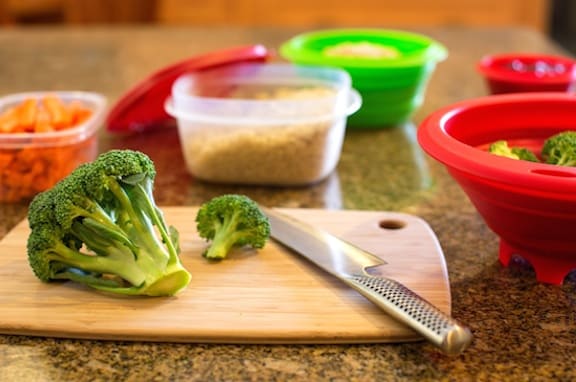
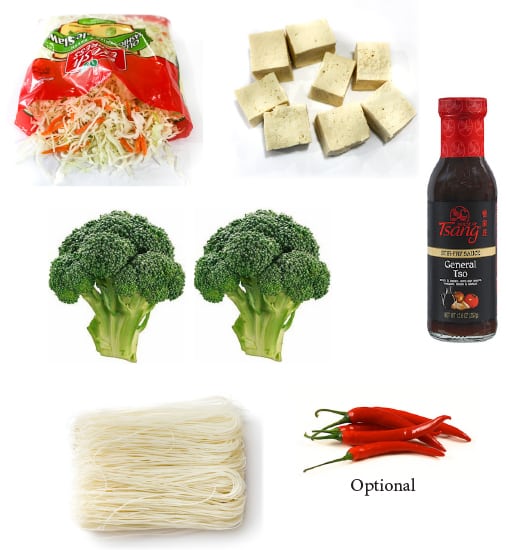
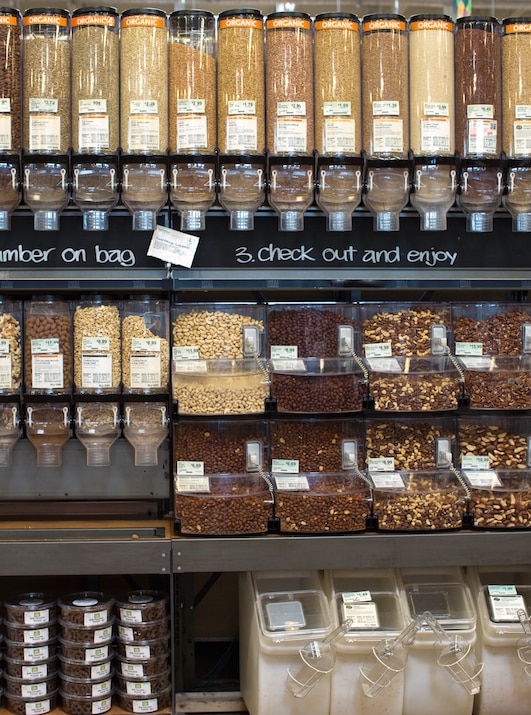
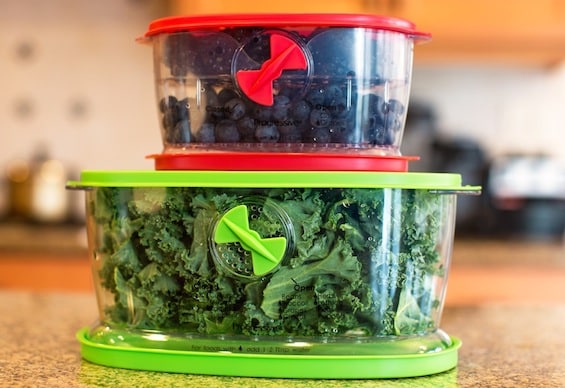
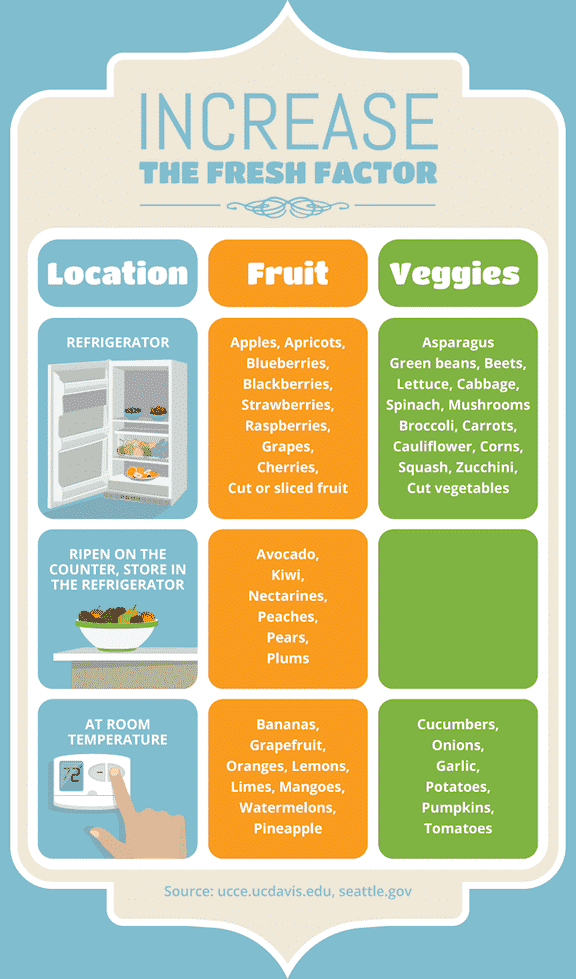
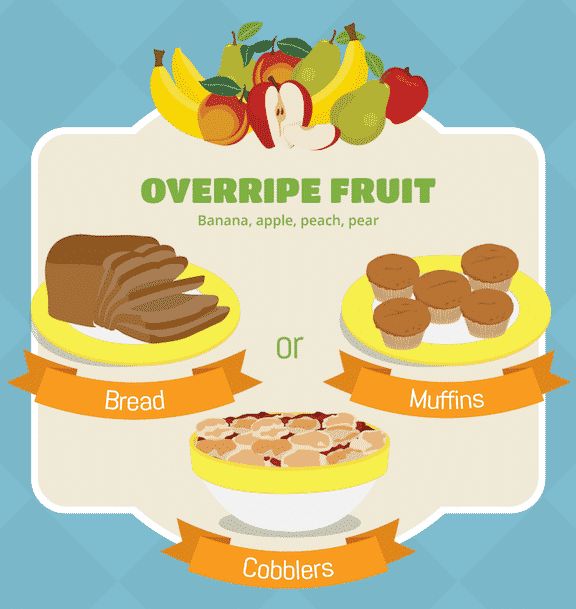


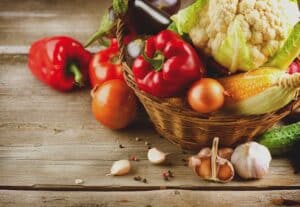
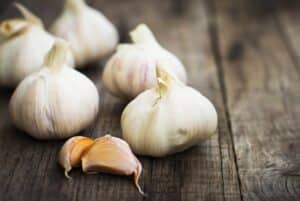
Comments
No Comments